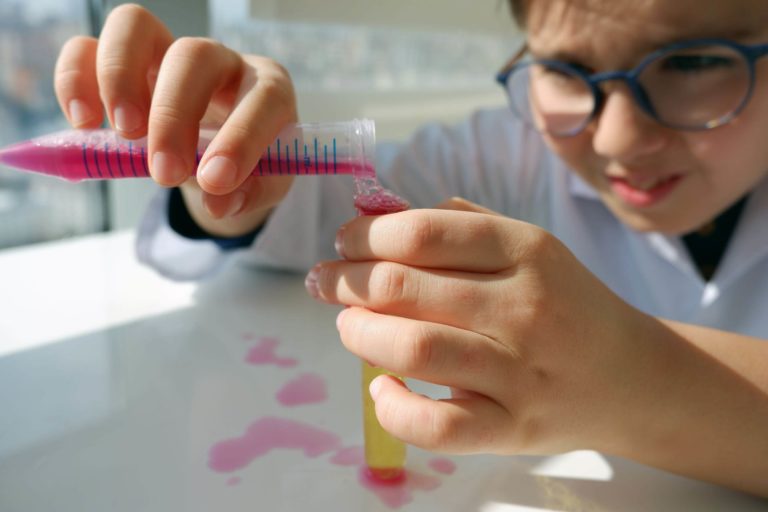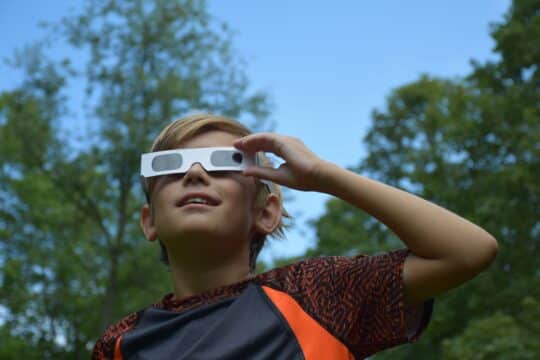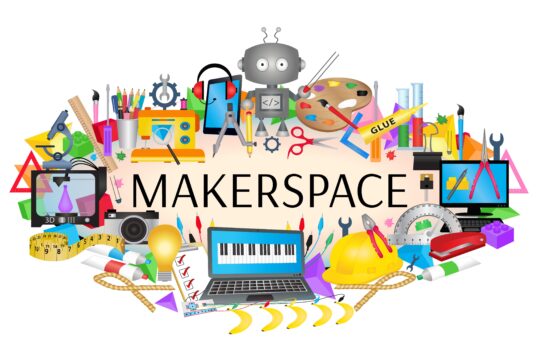STEM — or science, technology, engineering, and mathematics — is interdisciplinary and applied in its approach. Many different schools have developed STEM labs for their students to use in order to promote learning based on real-world applications. With the Covid-19 pandemic, STEM activities will be more difficult to incorporate with many different rules regarding group work and sharing materials, so this blog will focus on STEM activities for middle school that can be completed in school or virtually without having to share materials.
Origami Project
When schools went virtual last March, the STEM teacher in my building came up with some genius projects for the students to complete at home. The directions were presented in Google Slides with pictures and samples, Flipgrids were created by the students to show off their engineering designs, and follow-up questions regarding engineering were answered. These activities were so much fun!
One activity that the students completed was an origami project which incorporated engineering and technology. Students were to take a piece of paper and choose from many different origami designs ranging in difficulty working on designs such as a butterfly or fish to a more difficult Ninja Star. Students would then create a Flipgrid to discuss their engineering design and show off their project.
Crystal Names
An easy activity in the science realm of STEM is to create “Crystal Names”. This could be completed in class, but would need to have supplies for each student as not to share. The students will take multiple pipe cleaners to write their name, and you can challenge students to write their names in cursive. Students will then take a small piece of fishing line and tie it to a wooden skewer so that the pipe cleaners can suspend in a jar. If students wish to create multiple colors for their name, they will need multiple skewers and pieces of fishing line.
The teacher will need to have a solution of hot water and borax made along with food coloring to create a crystal name. Students can make their names all the same color or can use multiple colors by keeping the letters separate and not connecting them. The teacher can call students up individually to see how they want to create their name. After the activity is complete, it is important to have a follow-up activity such as questions and research to understand how the crystals are formed.
Class Trip
A great math and technology STEM activity is one that includes using measurement and directions. One activity I used during virtual learning last spring was a class trip project I made using Google Slides. Students were given directions on how to map out their class trip on Map Quest. I had students research the different stops on the trip, Washington D.C. and Colonial Williamsburg, and then had many extension questions dealing with conversions, extra costs, gas prices, etc. It let students explore their creativity and apply their math knowledge to a real life scenario. Use this link to access the project if you want to use it in your class.
Rube Goldberg Machine
Another great STEM project using engineering skills is to create a Rube Goldberg machine. By definition, a Rube Goldberg machine is a complex contraption that uses a chain reaction to perform a simple task. This is an activity that can be completed at home by using various materials that you can find around the house. Parents, siblings, etc. may need to help students with this activity.
The first step is determine what you want your simple machine to be able to achieve. Some examples include: to turn a light off, water a plant, shut a door, move a marble, etc. Students should first sketch their idea before beginning to engineer. Taking the supplies collected, start to engineer each part of the machine.
When you have your machine complete, see which parts of the machine work and which do not. Challenge students to go back and use the engineering design process to engineer a non-working part differently to have a fully functional Rube Goldberg machine.
STEM activities can be simple or more complex. Unfortunately, with the pandemic we are currently living through, it makes having a makerspace difficult because supplies cannot be shared. It doesn’t mean you can’t incorporate STEM into your lessons, it just means you need to be more creative about it.
As I stated earlier, the STEM (makerspace) teacher in my building made the projects work for our students, and they truly enjoyed the hands-on activities and sharing them with one another. As Jules Henri Poincare stated, “It’s through science that we prove, but through intuition that we discover.”
STEM challenges students to make discoveries, work through engineering failures, and rely on math, technology, and science skills to do so. When you can’t have the hands-on happen in the classroom, you bring it home and learn and work through it in a different way. We can all model to our students how to work through the challenges and not let the times we are living through defeat us!




